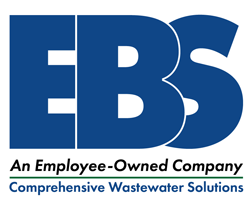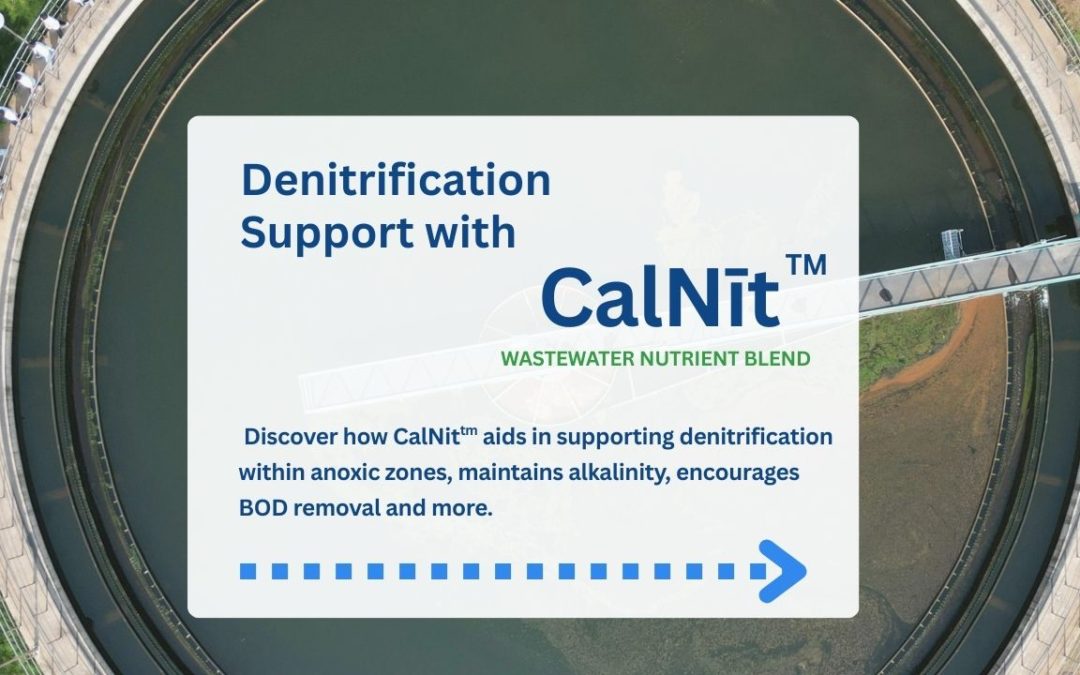Nutrient removal can be a complex challenge for biological wastewater treatment plants, often requiring constant adjustment to get it just right.
Some wastewater treatment systems (WWTS) are intentionally designed with anoxic zones for denitrification. Denitrification is the process of biochemical oxygen demand (BOD) removal utilizing nitrate instead of dissolved oxygen as a terminal electron acceptor, which can significantly reduce energy cost by minimizing the need for mechanical aeration.
Whether paired with nitrification (biological conversion of ammonia to nitrate) for total nitrogen removal or due to elevated nitrate concentrations in incoming process water, the balance of BOD to nitrate must be maintained for this process to remain successful. If nitrate is limiting due to incomplete nitrification or elevated BOD to nitrate conditions, WWTS managers can supplement their system worry-free with EBS CalNit.
EBS CalNit is a safe, non–hazardous nitrate source that helps support biological denitrification without the drawbacks like other sources such as nitric acid.
EBS CalNit
- Will not destroy alkalinity created during denitrification, which is a concern for systems that also rely on pH sensitive nitrifiers for nitrification to meet compliance limits.
- Is safe to store and feed, with limited risk if accidentally overfed.
- Supplies calcium, a divalent cation that can enhance floc formation and potentially improve sludge settling and dewaterability.
In systems where denitrification occurs before nitrification in the process flow, it is also important to limit BOD loading to the nitrification basin to maintain peak nitrification rates. Supplementing the denitrification process with EBS CalNit will reduce septicity and maximize BOD removal, which helps preserve valuable dissolved oxygen for the nitrifiers in later parts of the system.


